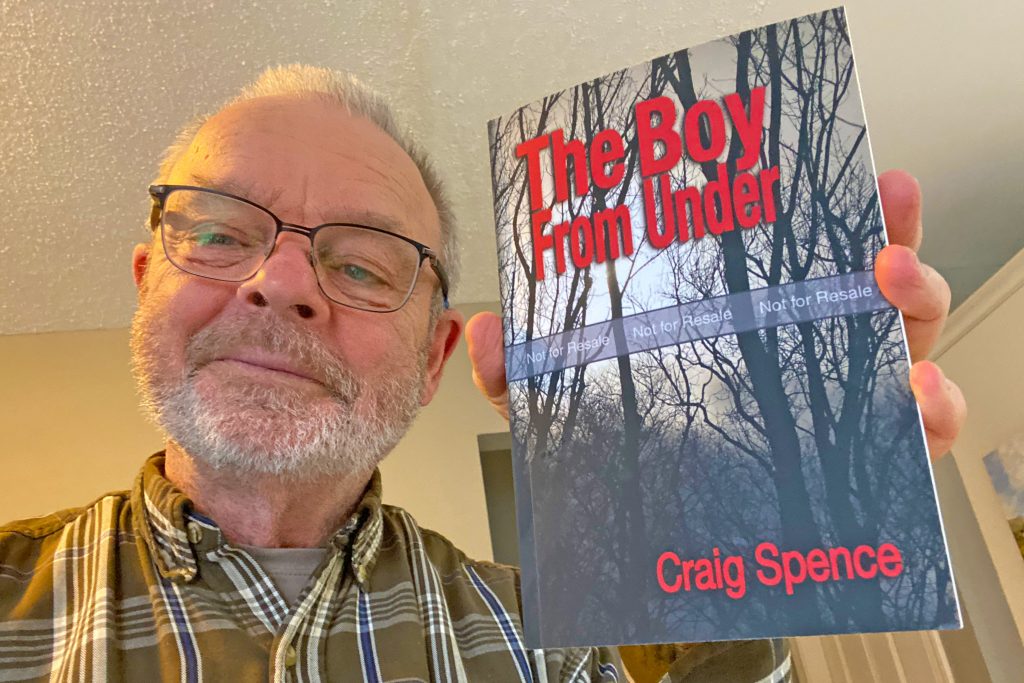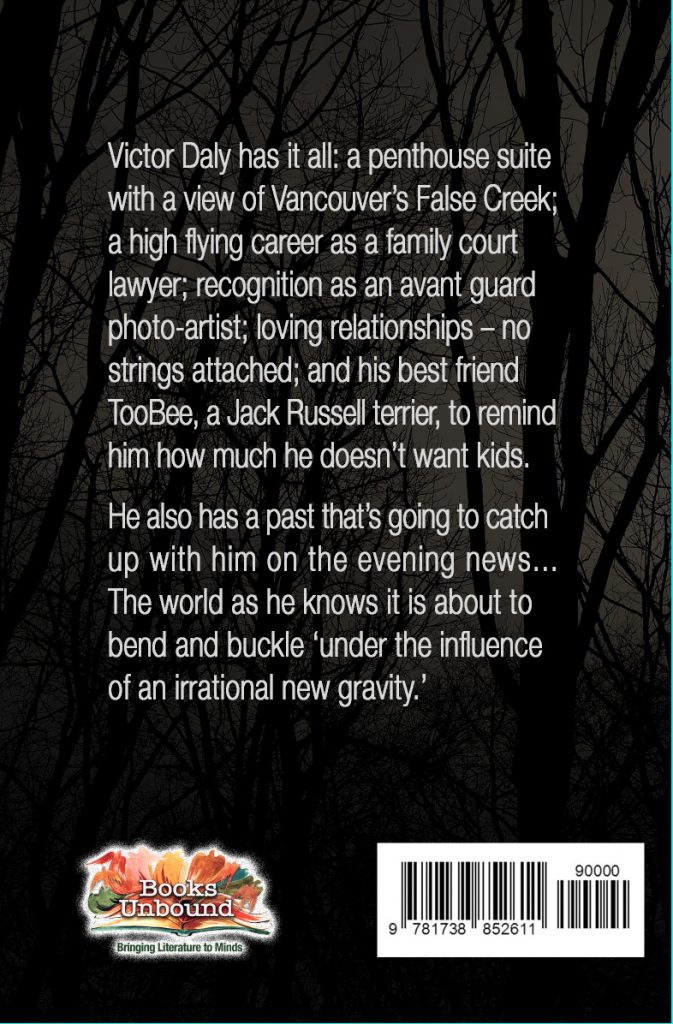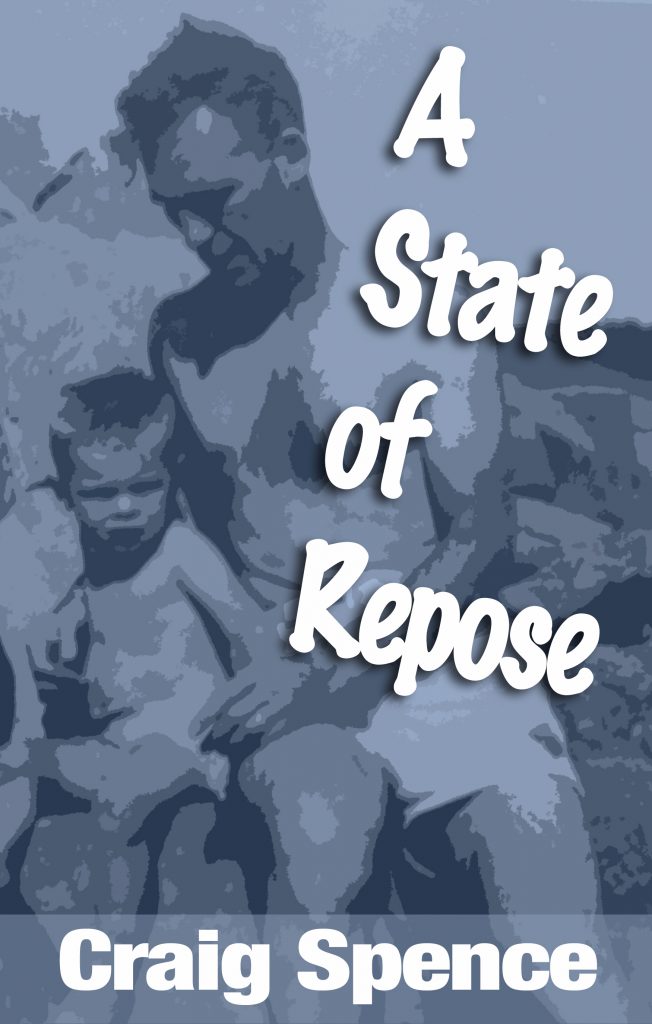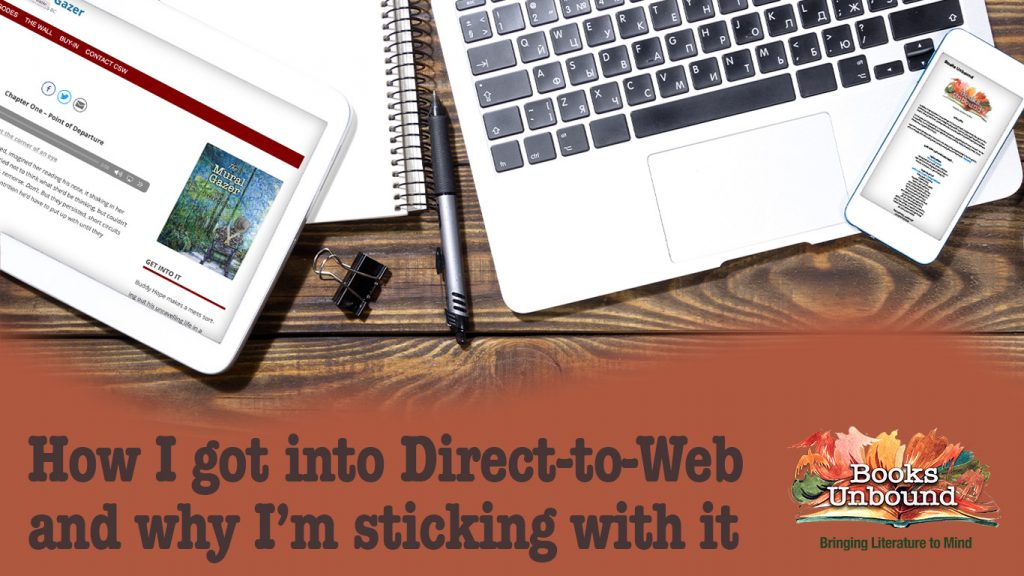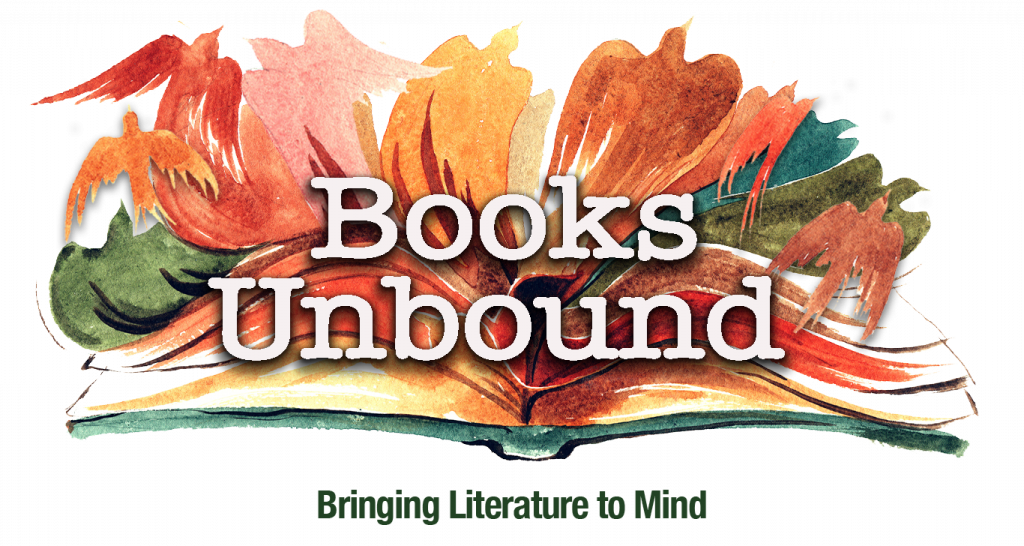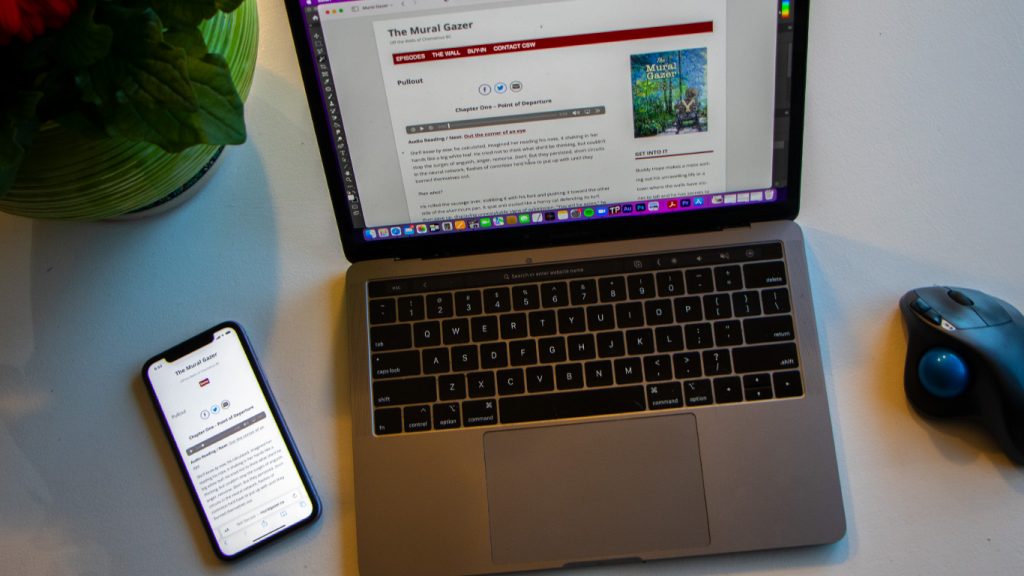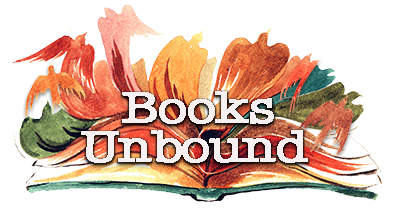So I only get to imagine the photo I might have taken of him in front of the clattering bird he had once flown on its metal wings, me behind the camera, Dad looking impossibly old and feeble, but heroic just the same. I only get to remember that touristy shot as it might have been, an explicit moment where – with the click of a shutter – we got to forgive each other our complicities, our sins, our armageddons.
Craig Spence © May, 2022
The earliest evidence of my existence isn’t preserved as a proper memory. It’s been reconstructed based on family photos, blurry black and whites captured by an Eastman Kodak ‘Hawkeye’.
Dad’s never in those seminal shots because he’s the guy working the camera, and I don’t figure in many or them either because my older brothers Frank and Kevin were the stars along with my sister Natalie.
There’s one of me in a baby carriage, parked on a sidewalk, my face wrinkled and scrunched up like I’m getting ready to howl. If I try really hard, I can imagine Dad hunched over the view finder, divining just the right moment to trigger the shutter and capture another chemically rendered pattern of light for posterity… this one of his prune-faced youngest.
What was going on inside his head? I wonder. What sequence in the charged neural plasma determined the exact moment the hologram of me got burned into the photo emulsion? And what was mother thinking when she scribed on the flip side of that archival image: “Arthur in his carriage at Portage la Prairie.”
Then there’s a shot of us kids and Mum posed in front of the family Christmas tree, taken in some living-room I can’t for the life of me remember. Frank and Kevin are playing with their shiny-new truck and grader; Natalie looks petulant and pouty, as if she already knows Santa’s never going to bring her exactly what she wants; Mum looks like she’s staring into the headlight of an oncoming car. I’m toddling in front of the montage, slightly to the side, looking doubtful – as if I haven’t yet figured out who this guy Santa really is, and why I’m getting presents and having my picture taken in his name.
Dad wasn’t much of a family man back then. I suspect he took the photo as a form of misrepresentation. But since the Hawkeye didn’t have a timer, he couldn’t insert himself into the happy montage – could only claim that he’d been there in absentia. How would he have fit in anyway: still young enough not to have succumbed entirely to the dreariness and pettiness of it all… to believe if you drank hard enough and laughed loud enough, maybe things would turn out alright. If he could have swapped himself into the scene quicker than the speed of light, I think he would have struck an intrepid explorer’s pose, looking over the top of the camera’s infallible lens into a future none of us could either foresee or forestall.
The first shot I can actually remember being in with Dad was taken on the edge of the Atlantic. The family trekked to Sydney every summer, our pilgrimage to Dad’s ancestral home. Our favourite destination from there was Kennington Cove, about an hour south, just past Louisbourg. To us kids the waves rushed in like liquid mountains, as if the God we still believed in had grabbed the far edge of the flat world and was shaking it like a sheet. Frank, Kevin and Natalie would have been out there in the surf, but I was too young. So I ended up in Dad’s arms. Mum must have snapped the picture.
His right arm is wrapped around me. I’m clinging to him and squirming at the same time, my left hand planted on his neck. It’s hard to tell if Dad is really aware of me or if he’s successfully ignoring my struggles, but I like to think we’re connected somehow. He is aware of the camera all right, striking a relaxed pose, leaning against a boulder, the ocean roiling in the background, hissing up and down the strand.
That photo sucks me in like the Atlantic’s undertow. Whenever I see it I am suddenly there, at Kennington Cove; held tight in my father’s arms; my chubby baby’s hand splayed against his neck and cheek. I mustn’t forget that. Despite everything else that would happen, I have to recall the tight muscles of his neck, the rough stubble of his cheek, him peering ahead as if there might be something dangerous, lurking out there on the bluffs, me fascinated by the breakers collapsing onto the beach behind, where Frank, Kevin and Natalie frolicked.
Family photos are counterfeit memories, reproductions of light that has long-since been absorbed by the landscape or bled off into unalterable dimensions of space. We preserve them in battered valises, in dusty attics, in houses moved away from long ago. They never get thrown out; instead, we simply leave them behind for someone else to deal with. They molder away in dark attics, forever waiting to be discovered. Like crematory urns, they become repositories that reassure us simply by existing.
It’s the images never taken that define us – the photos not allowed.
I don’t remember a single photo of Mum and Dad holding hands. There’s a picture somewhere of Mum sitting on a grassy slope, her skirt hiked up above her shapely thighs. She looks directly into the camera, laughing at the man who would be her husband. On the back, in her neat script: “Taken near London, during the war.”
Odd, we still call it that: ‘The War.’ As if applying the title to any other of the murderous cataclysms that have bloodied and tortured the planet in the last six decades would be a misuse of language. Ten billion lifetimes since Hiroshima and Nagasaki supposedly put a full-stop to hostilities, and we still look back on that global paroxysm as present and playing itself out in the here-and-now.
I can’t be sure why there are no photos in our family albums of Mum and Dad holding hands. Never really thought much about it. I have a slight aversion to hand-holding myself – as if it’s a species of weakness, an act of self-delusion, like offering a stuffed toy to someone waiting in line, patting him on the back and saying: “It’s okay kid, everything’s going to be just fine.”
There are other pictures of Mum and Dad during the war: the one taken on their wedding day, Dad in uniform, clowning around, making a face, his hat turned sideways on his head, Mum laughing, leaning into him, his arm around her shoulder; My sister in a pram, somewhere in London, the lineaments of our shared genetic code showing clearly, even then, in her frown.
But there’s not a single image that breaches the unofficial secrets act. Not one that breaks the unspoken code adopted by sane men whose job it was to fly over the blighted, blasted cities of Europe and drop pulverizing incendiaries onto the innocents below: children, women, men. Dad never talked about it, so I invented that period of his life – his hands gripping controls, nudging throttles, easing the lumbering bird of vengeance up into the sky.
I once asked him to accompany me to the Royal Canadian Air Force museum, where the preserved carcass of a Lancaster bomber sits on display, as if it were some breed of mechanical pterodactyl. He avoided the topic at first, then turned me down flat. Mum said he was afraid he might have forgotten too much about those times, what it was like to fly those ancient machines and might have been embarrassed.
I think it was because he didn’t want to remember.
So I only get to imagine the photo I might have taken of him in front of the clattering bird he had once flown on its metal wings, me behind the camera, Dad looking impossibly old and feeble, but heroic just the same. I only get to remember that touristy shot as it might have been, an explicit moment where – with the click of a shutter – we got to forgive each other our complicities, our sins, our armageddons.
At Dad’s funeral they couldn’t get the hands right. The way they were arranged on his chest, against the blue serge of his blazer, under the Royal Canadian Air Force crest, was… and there’s no other language for it… fake, grotesque.
Rigor mortis sets in about 12 hours after death. The muscles tighten around the bone, jerking the limbs into a sort of fist, which is unable to let go because the enzymes that normally complete the cycle of clutching and releasing are no longer being produced by the body. It remains in that state about 48 hours, then as decomposition sets in, the body relaxes, accepting – it would seem – that it has truly died. Dad’s hands never did relax, so the mortician arranged them as best he could, the fingers meshed like cogs in a gear-train.
His face looked almost normal. You could tell there was something unnatural about it, like it might have belonged in a wax museum, but at least you could imagine it once having been alive. The hands are what I remember, though, the message they conveyed in their involuntary language of signs.
